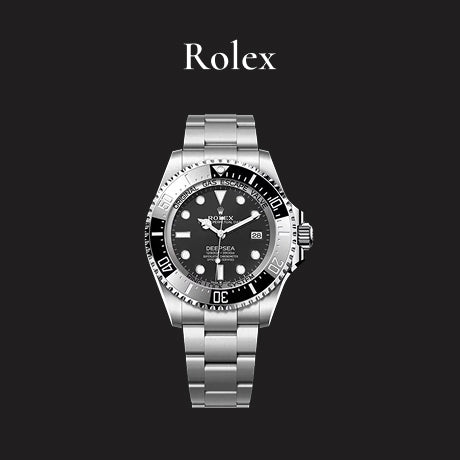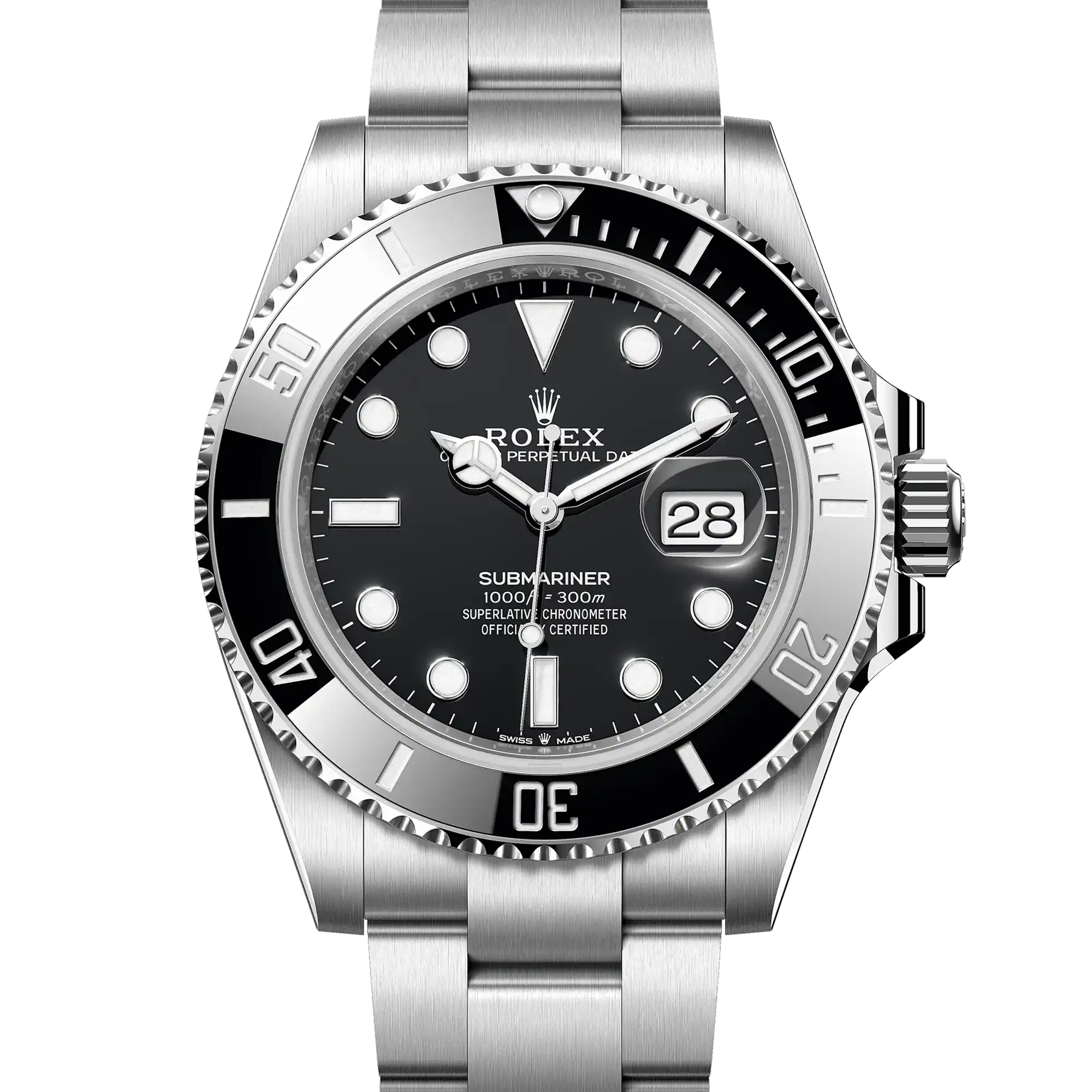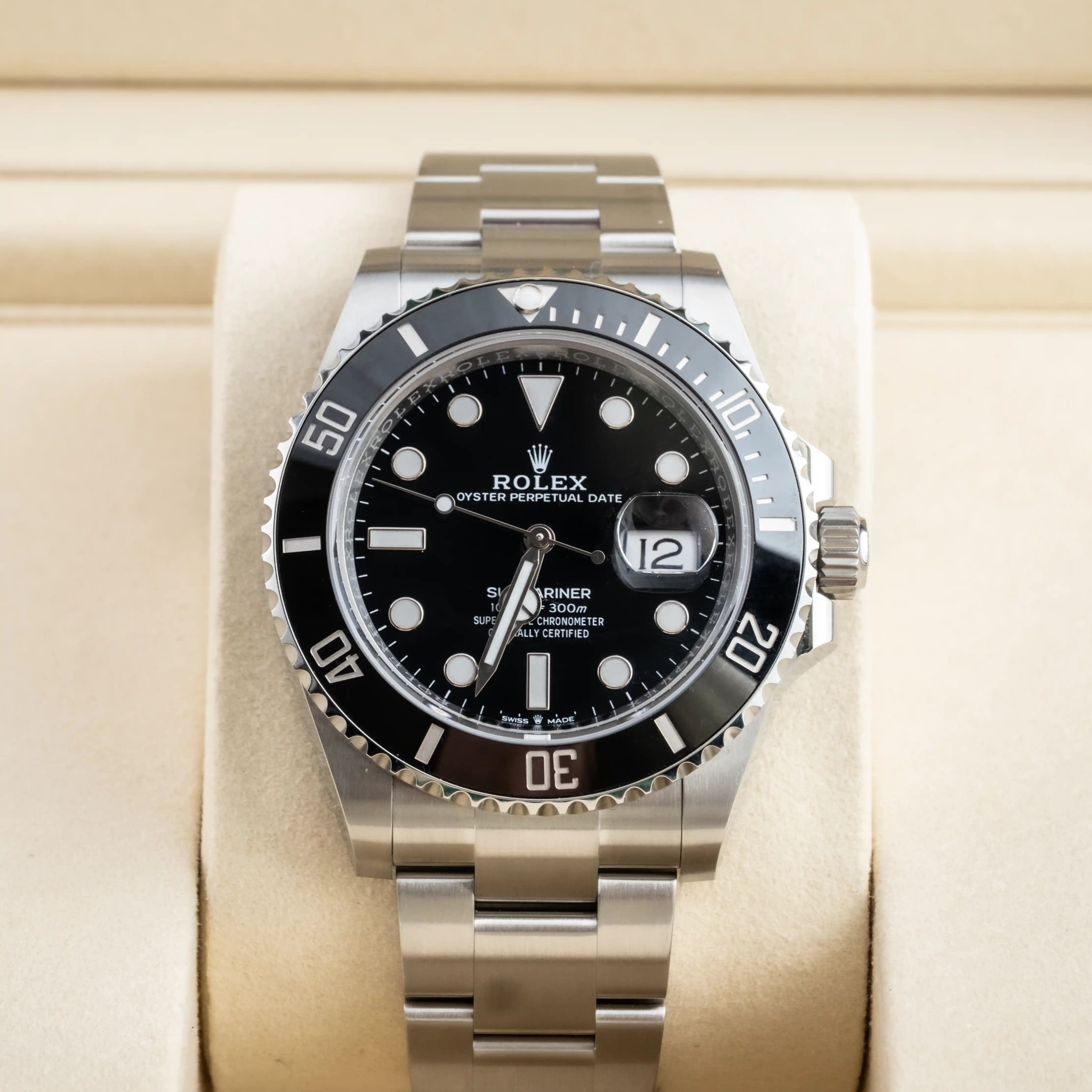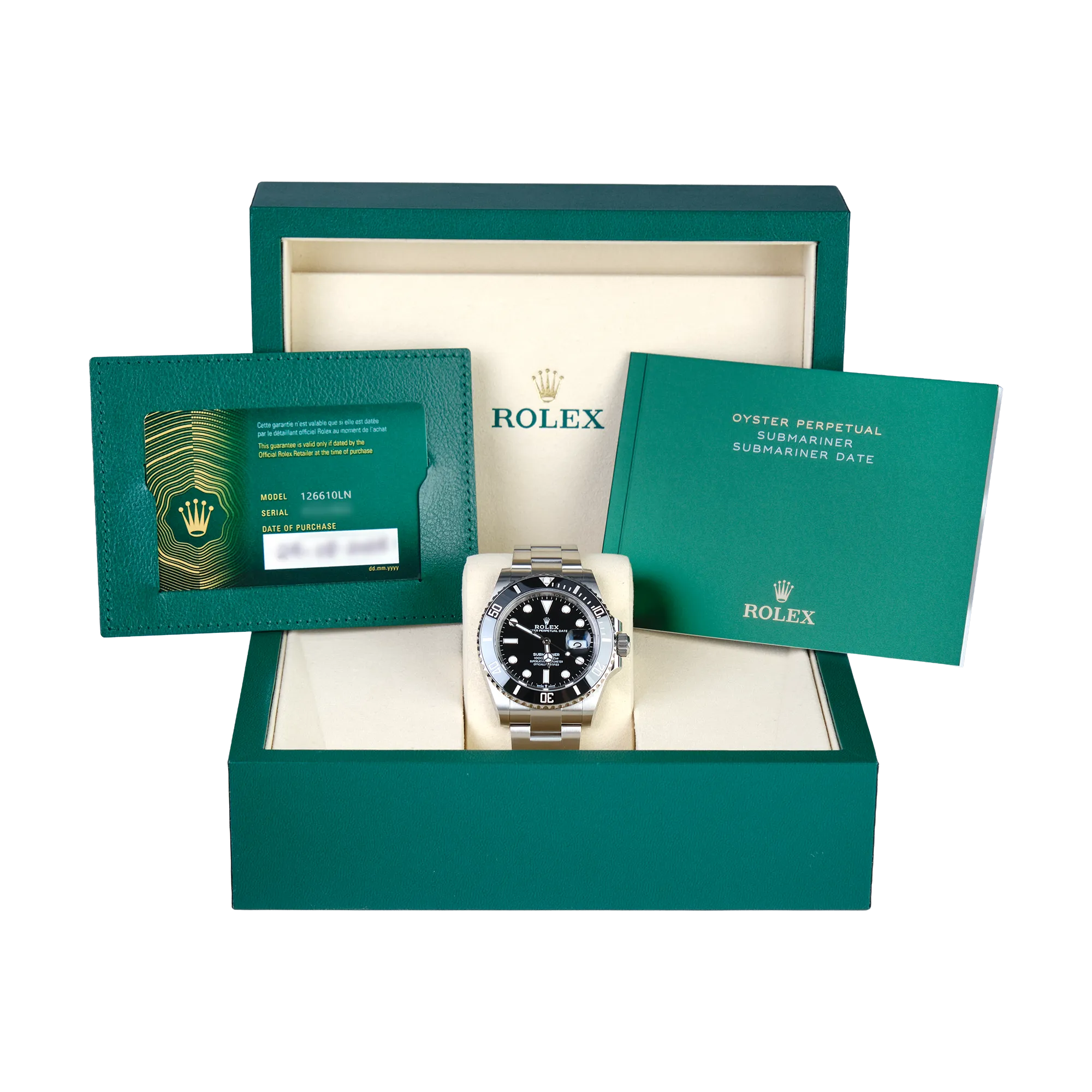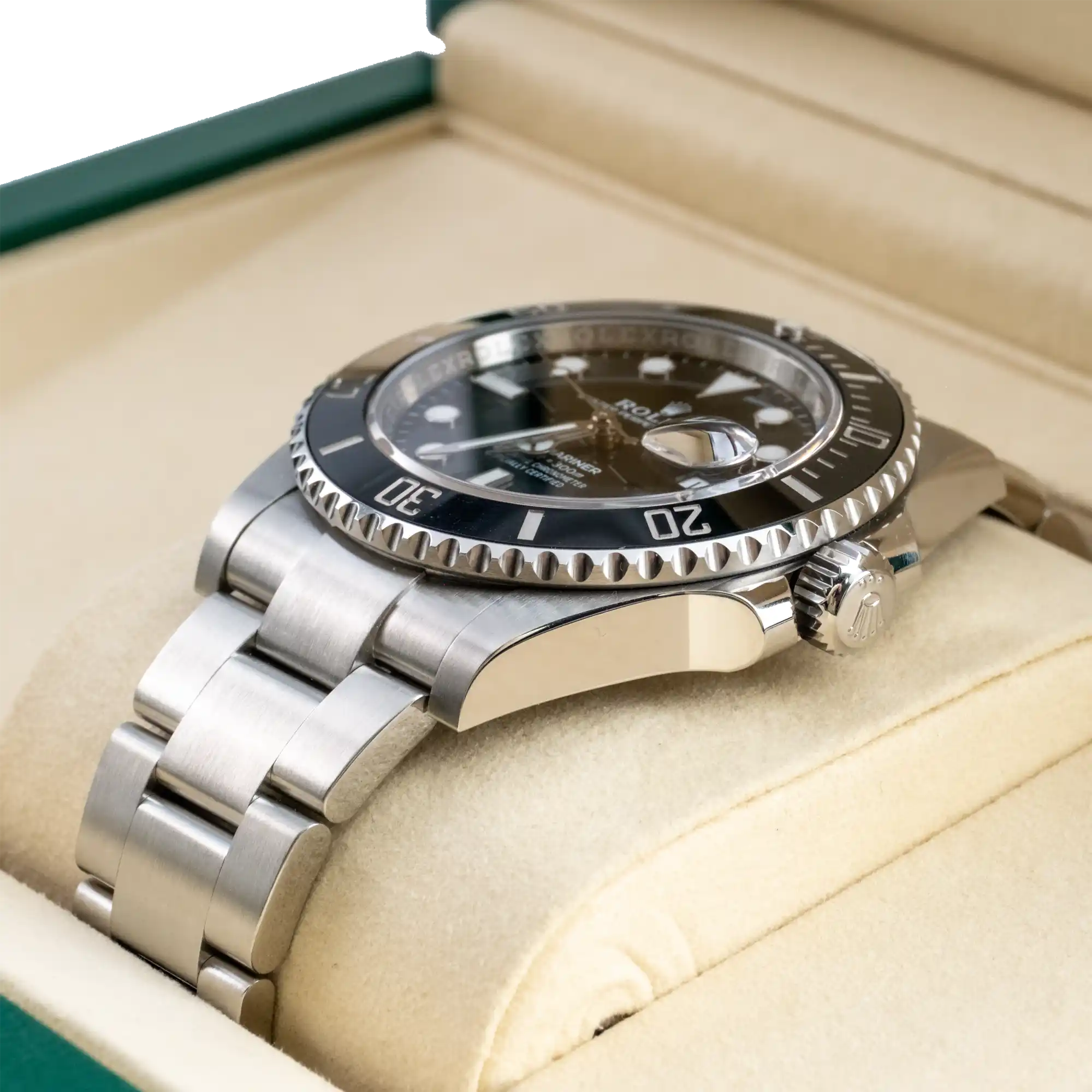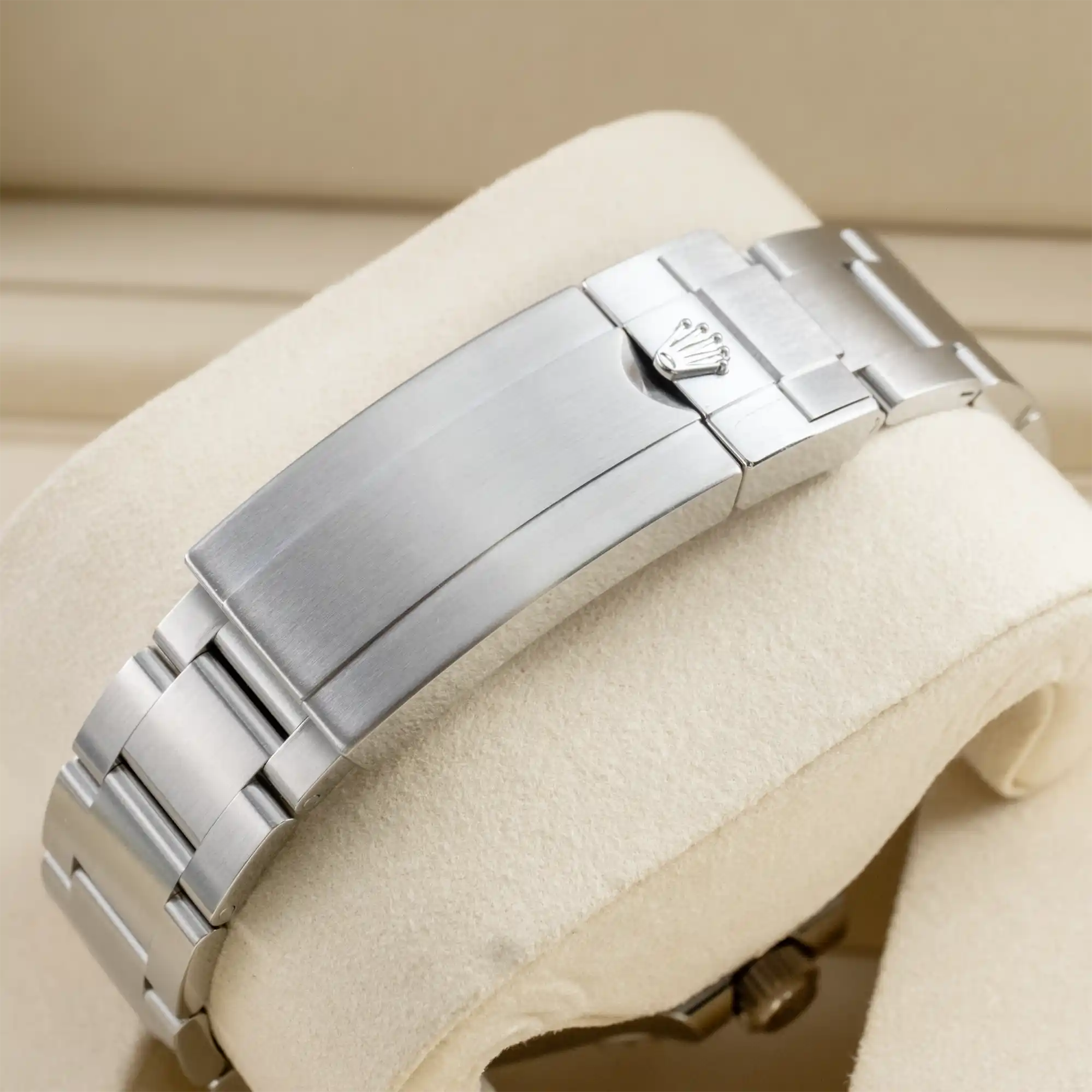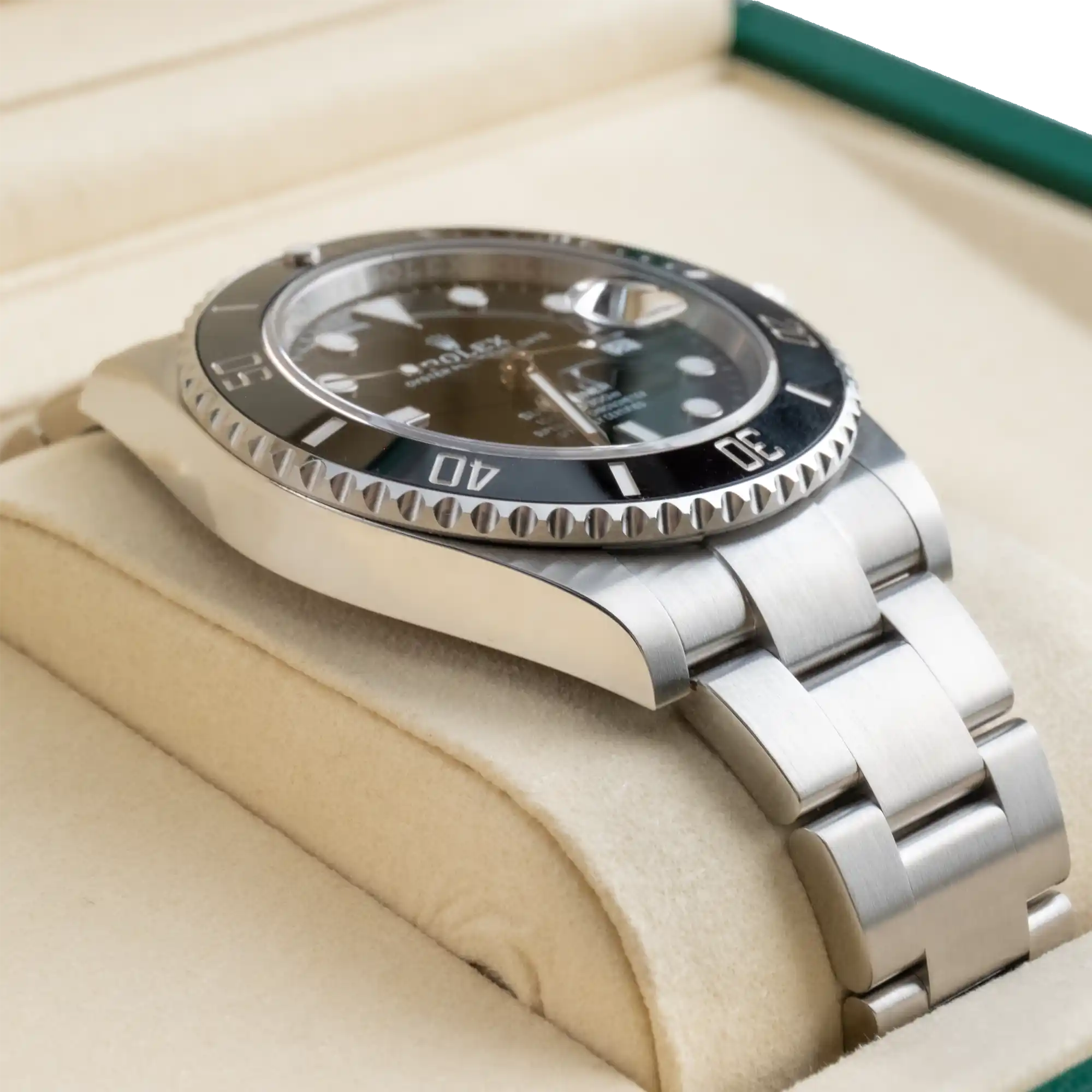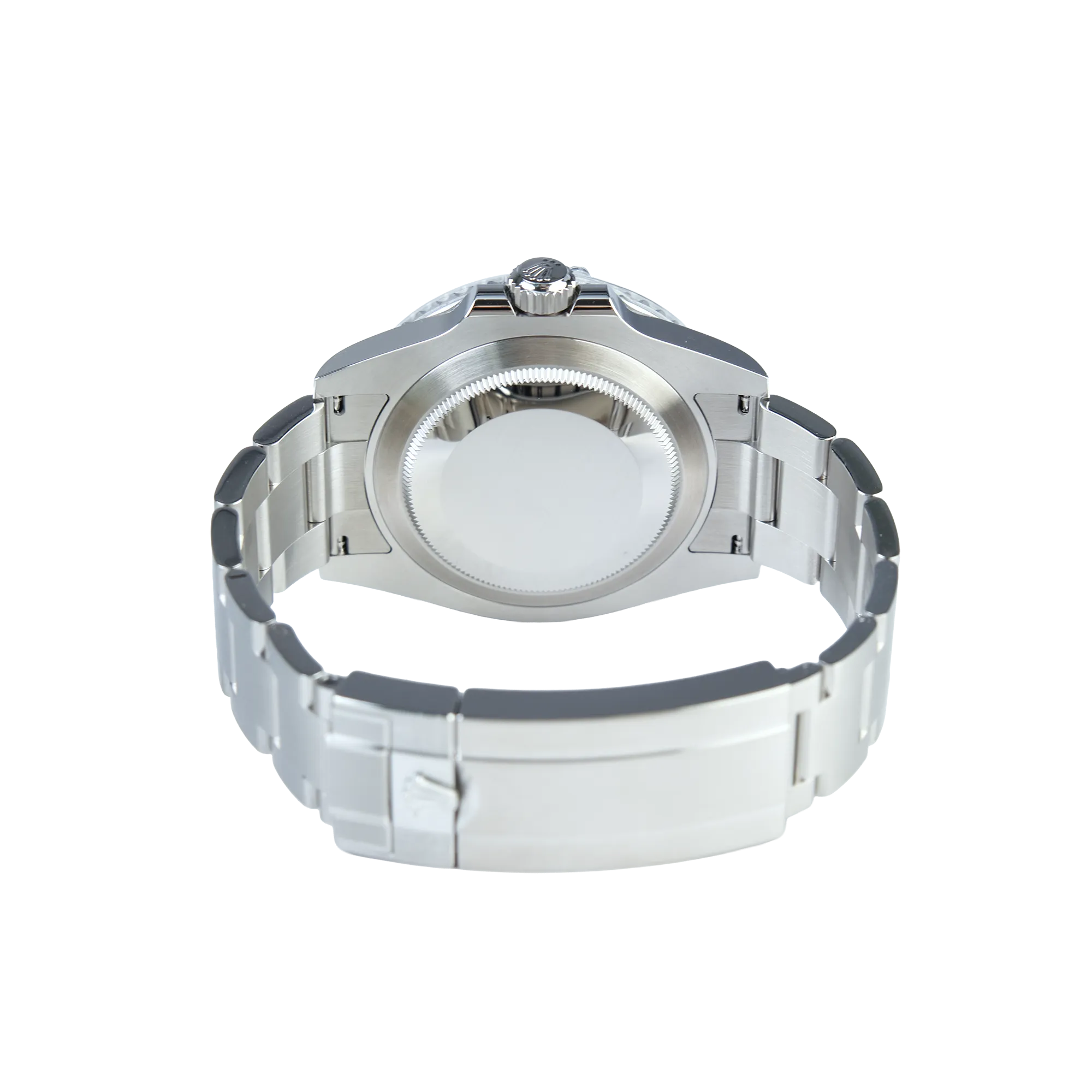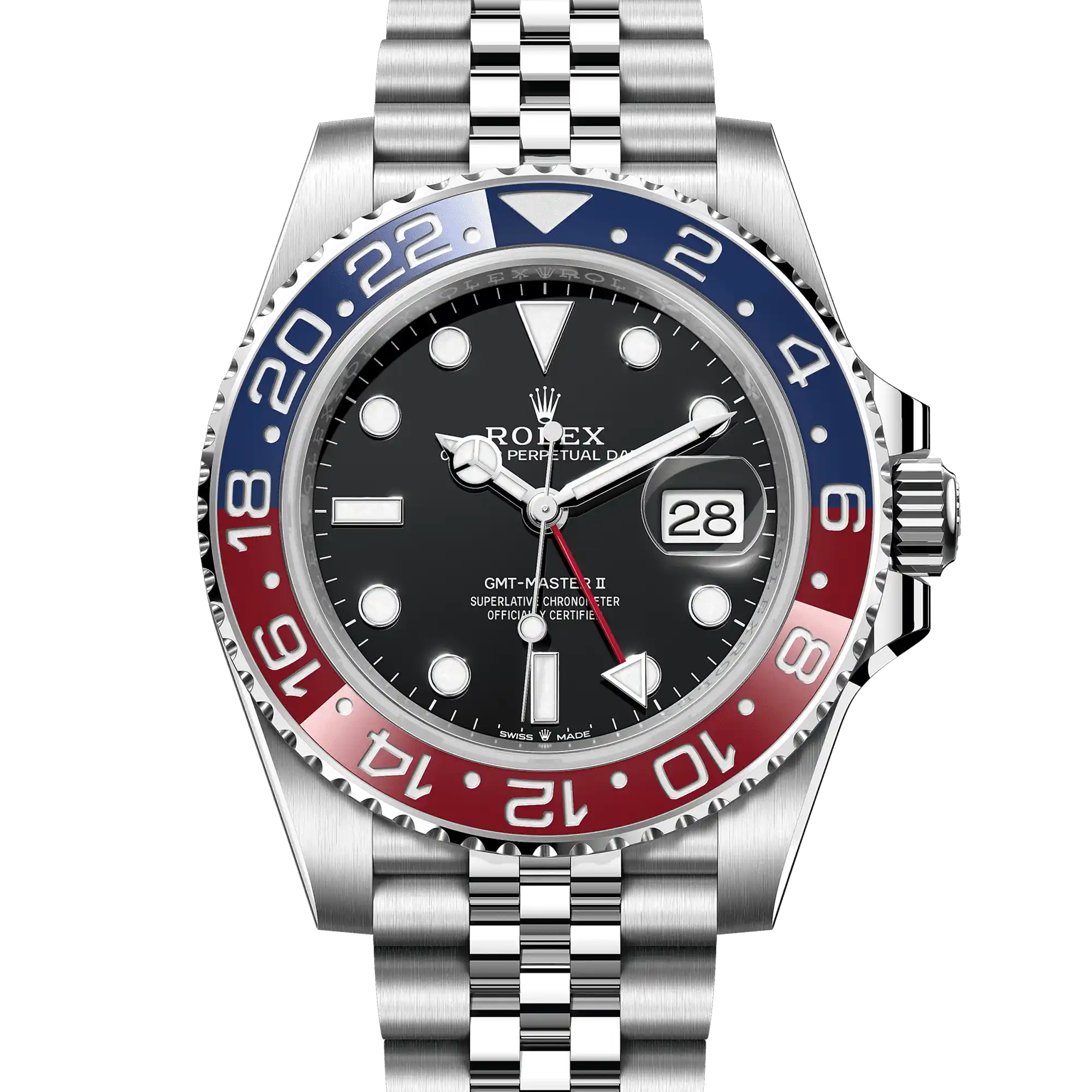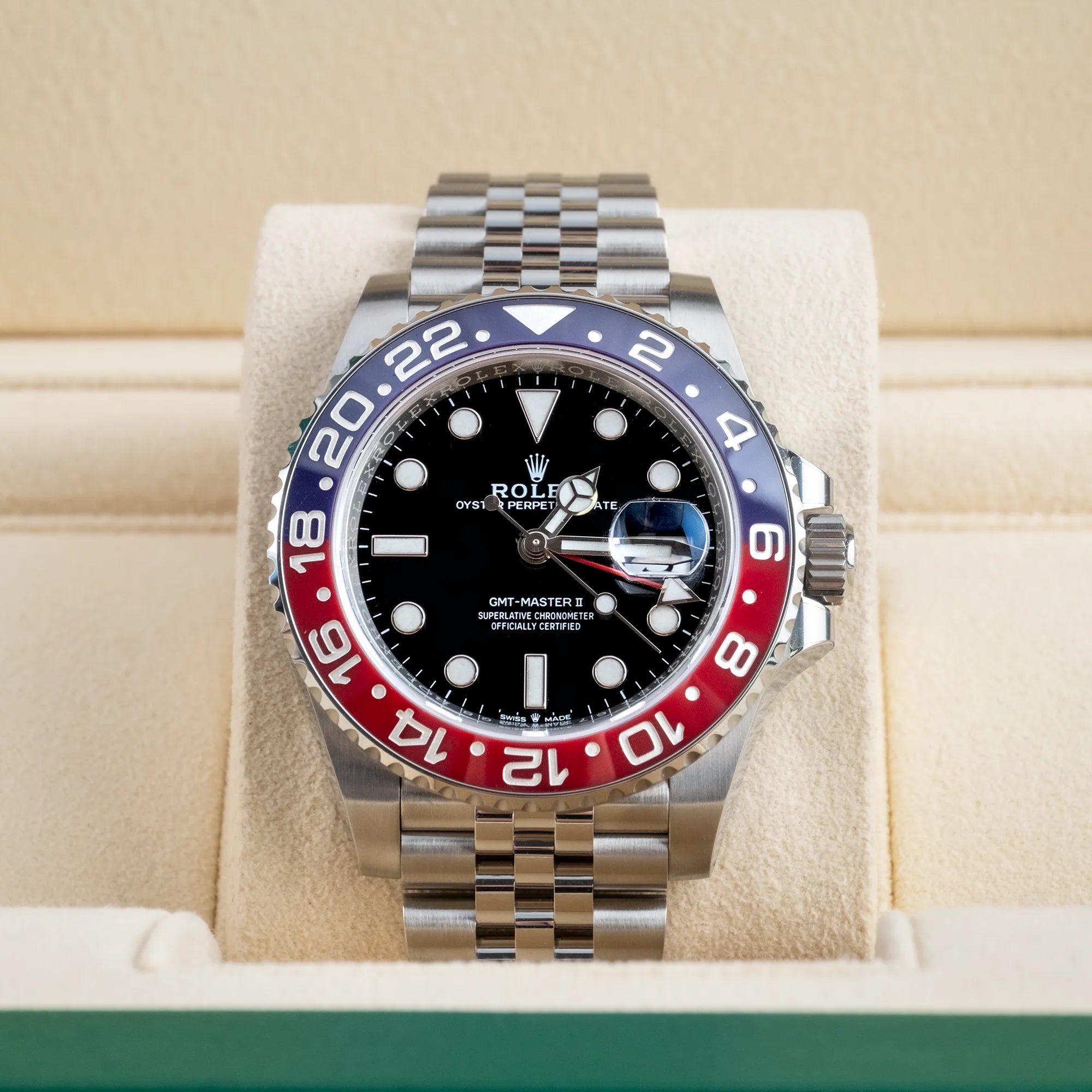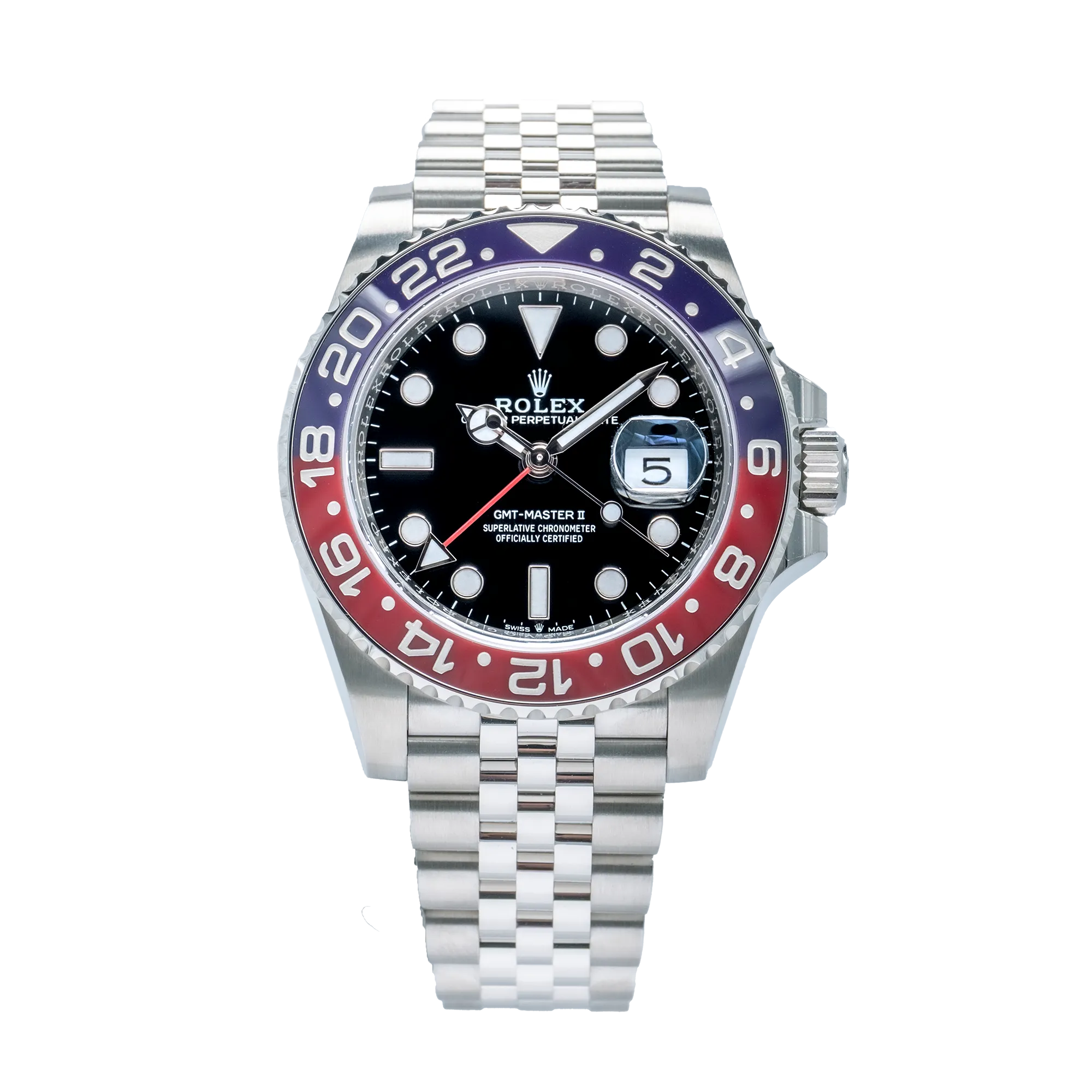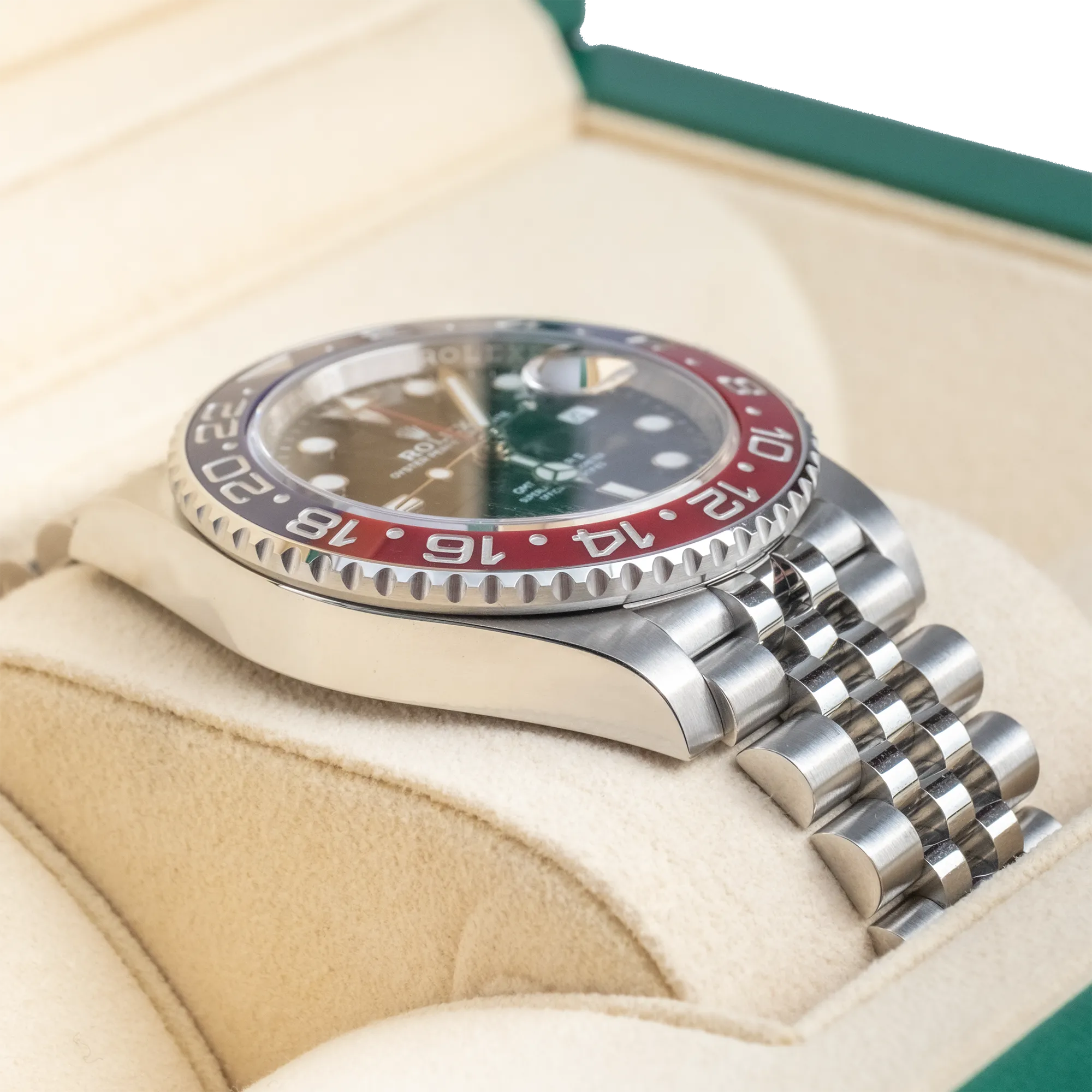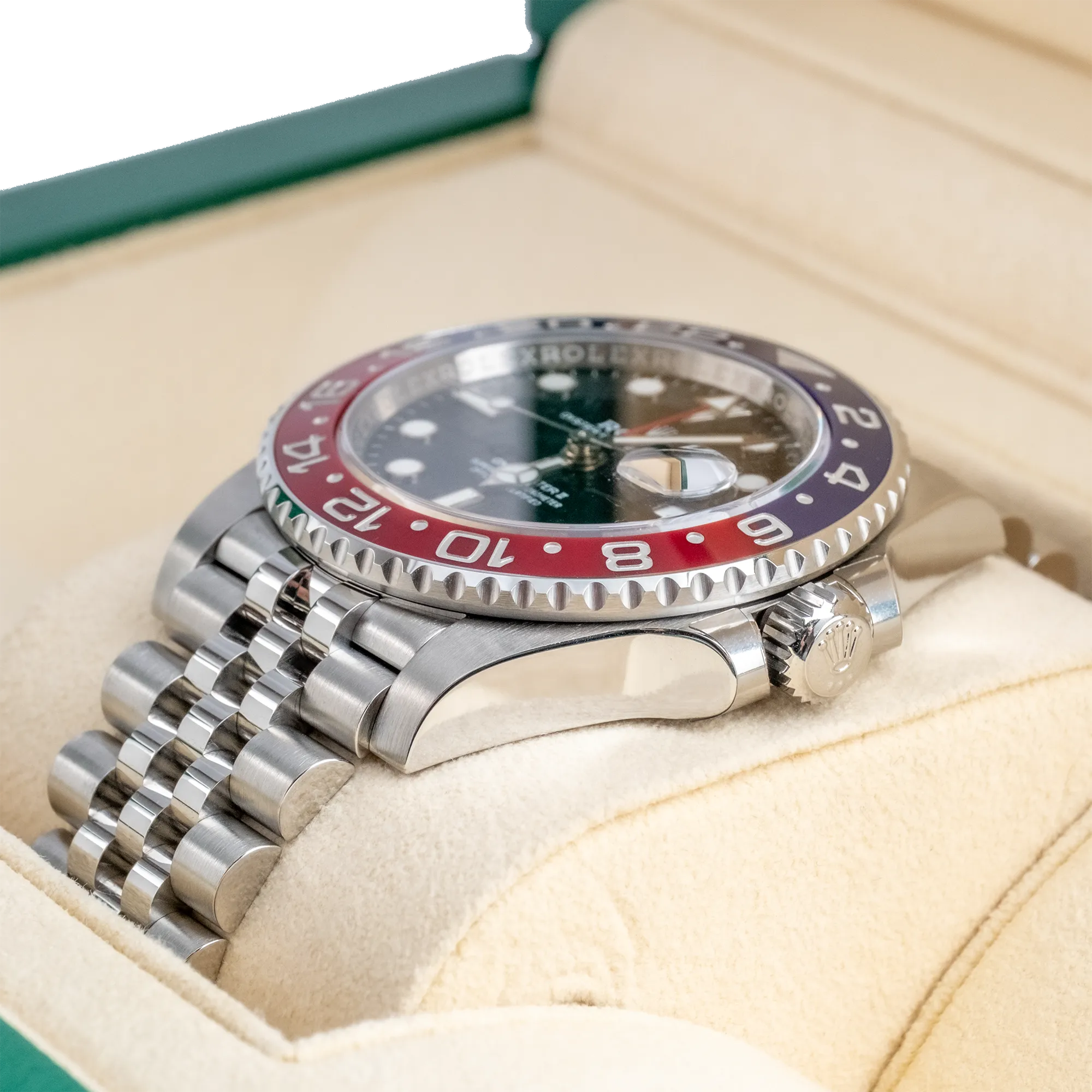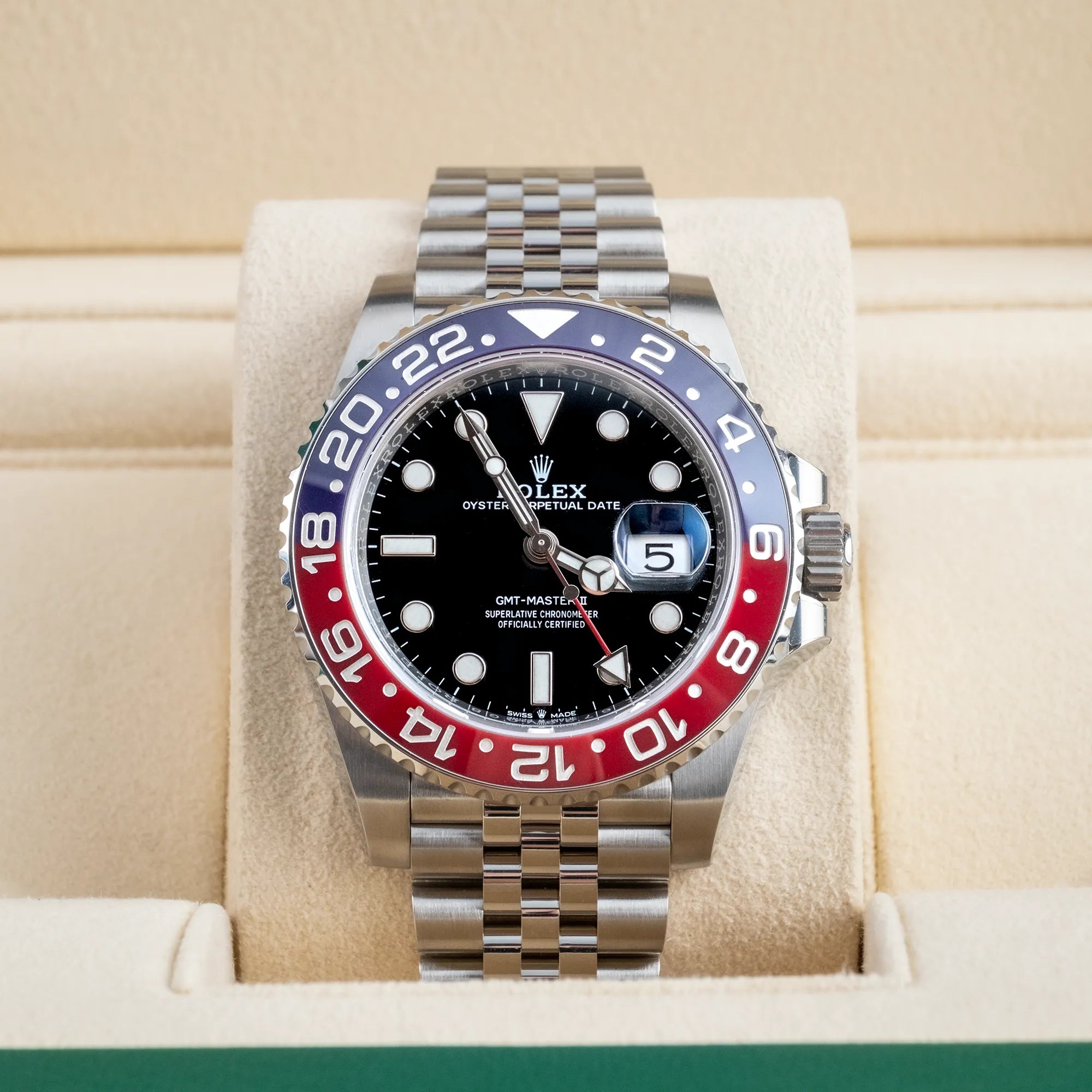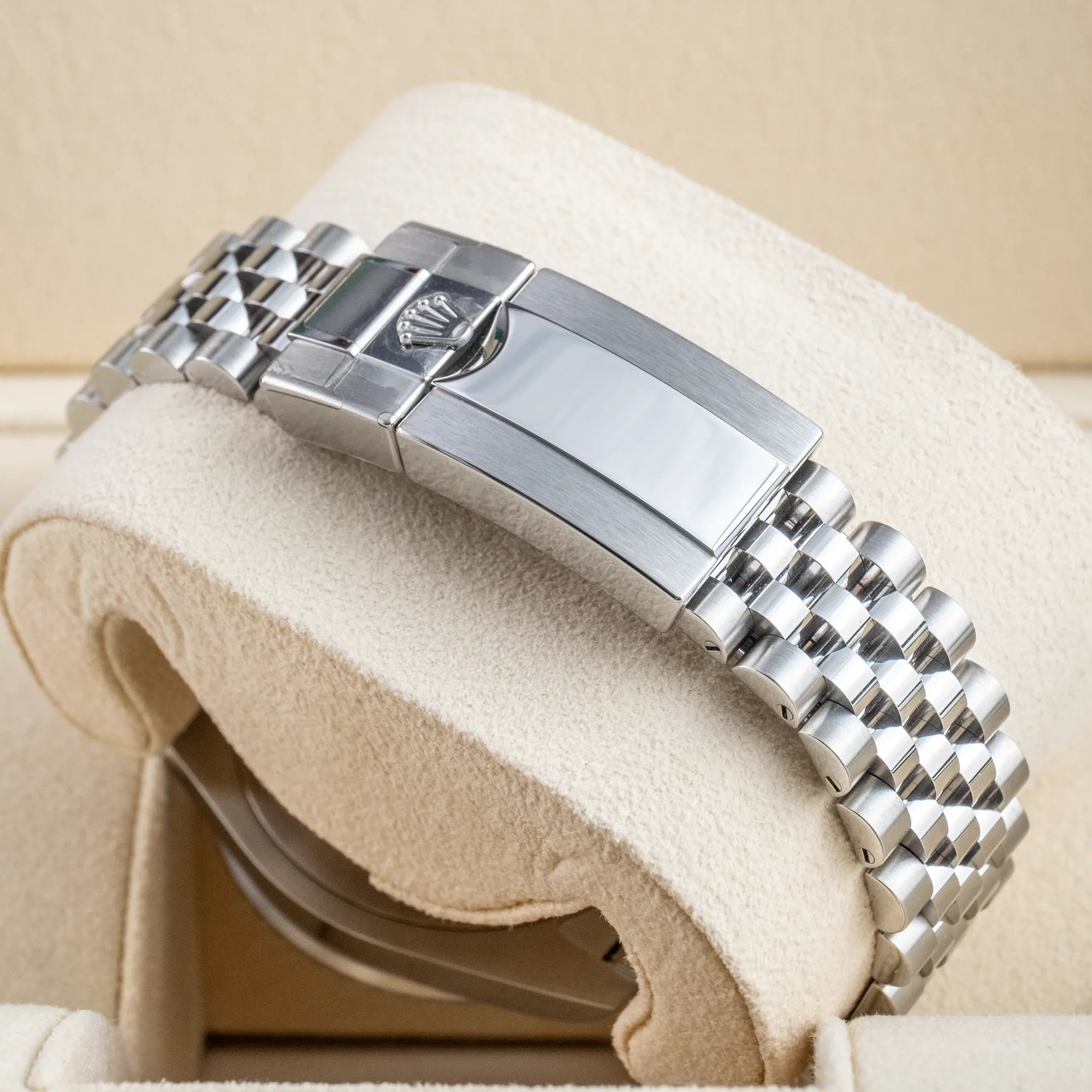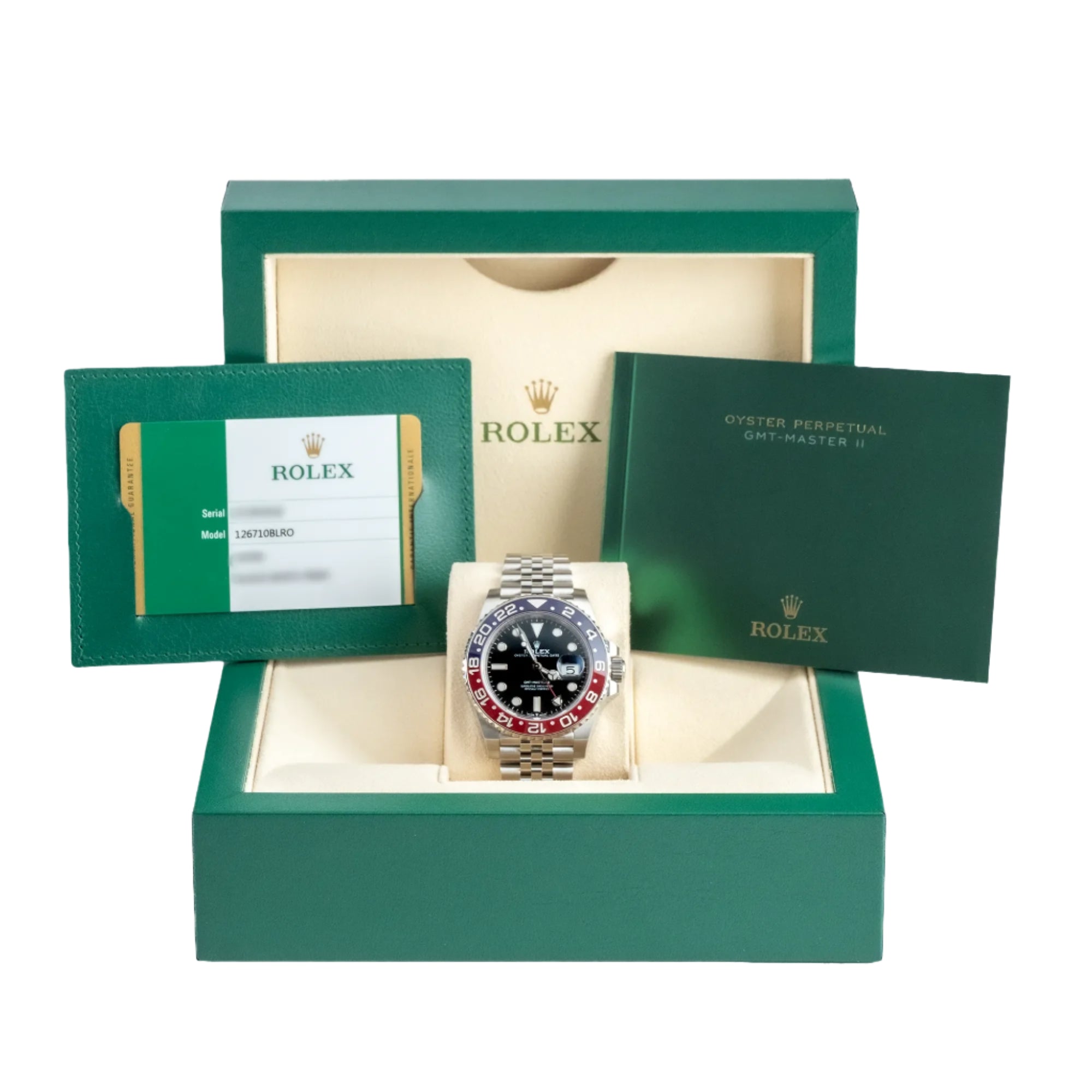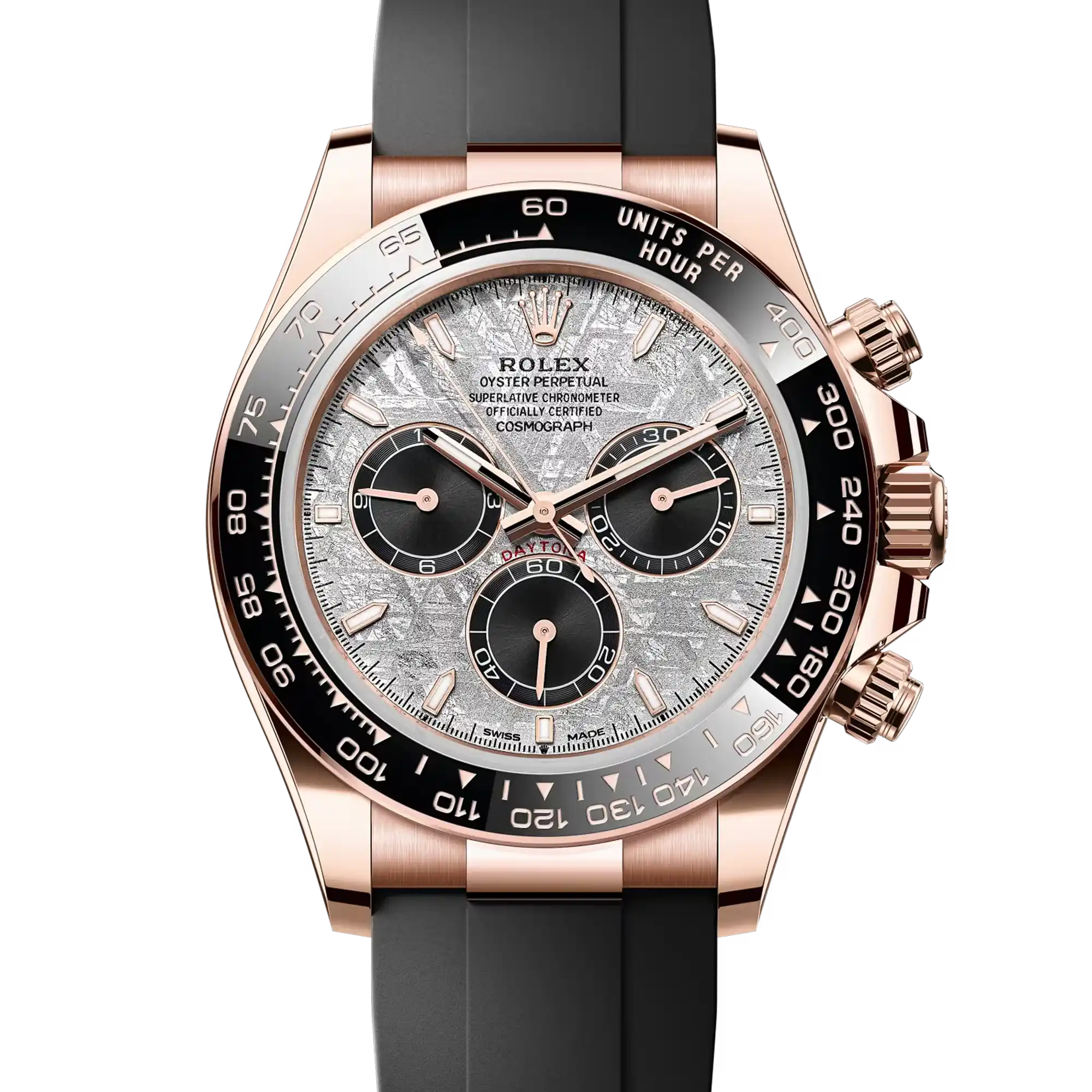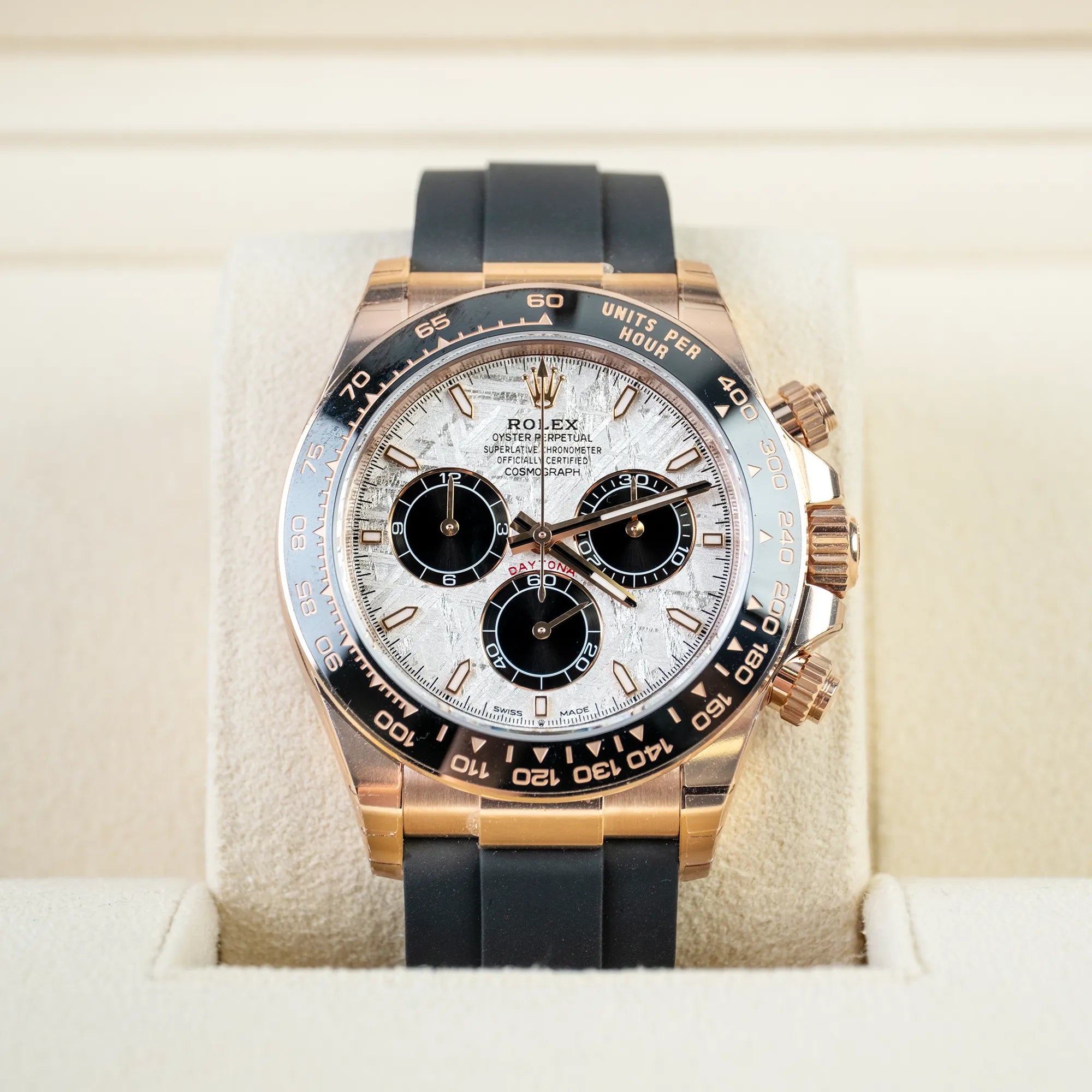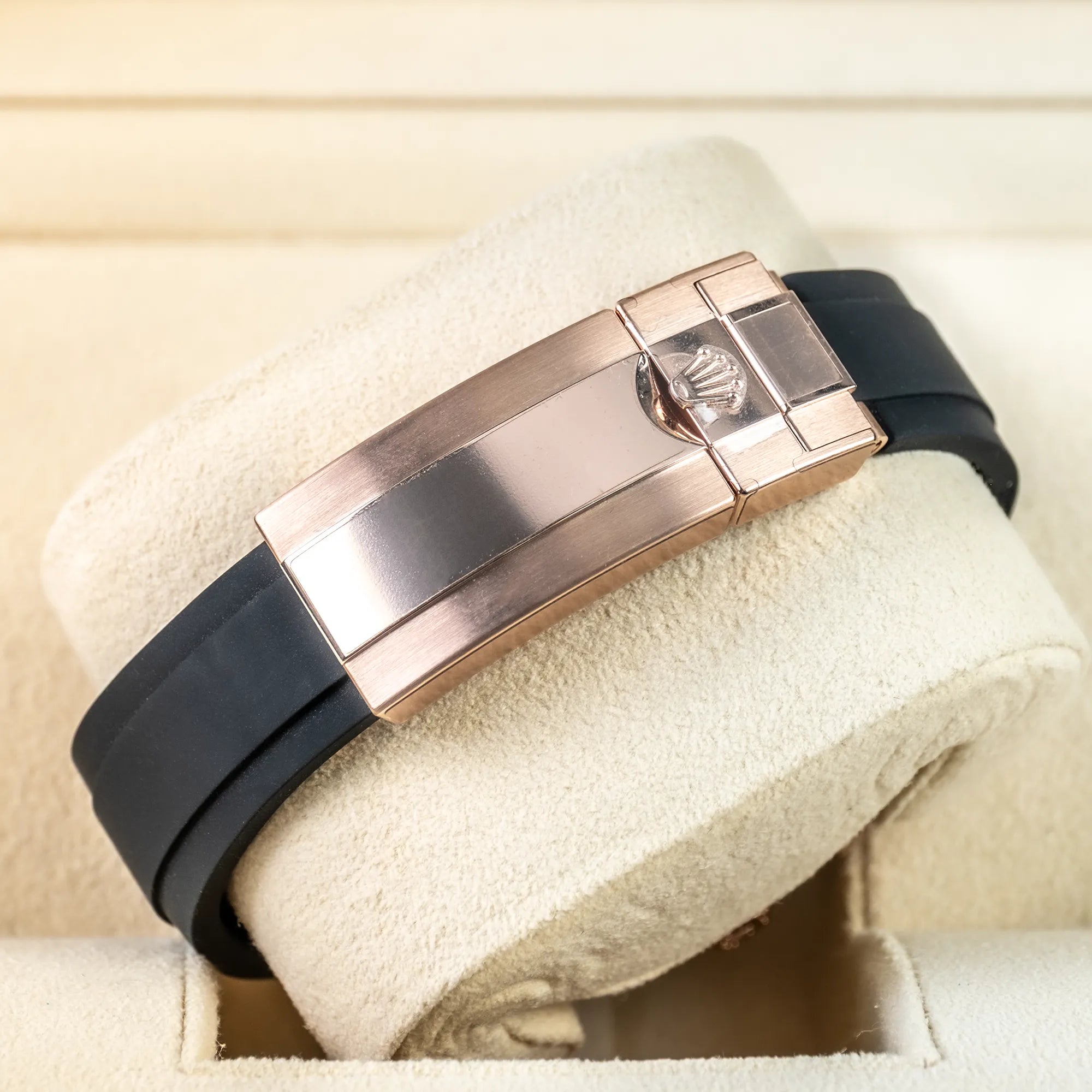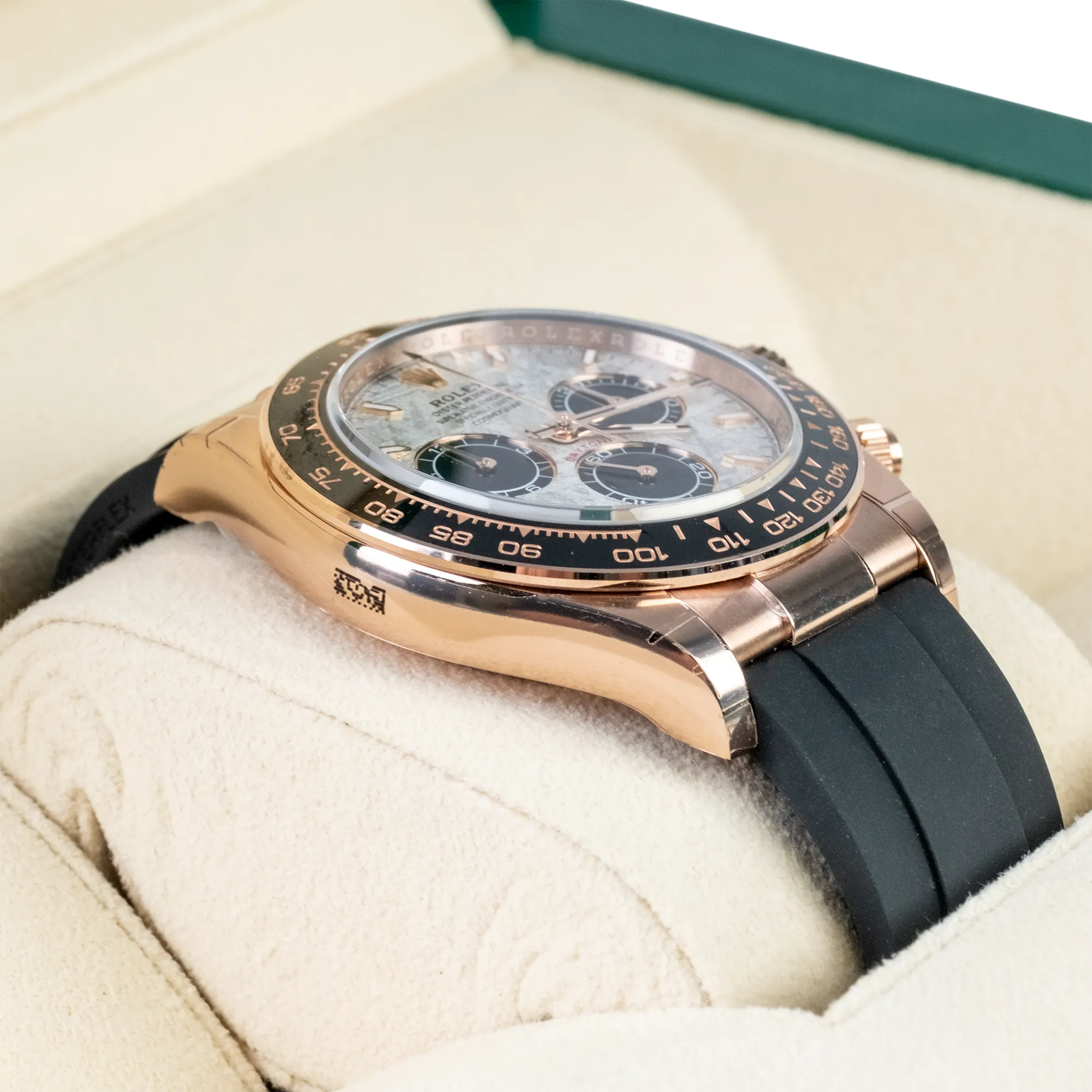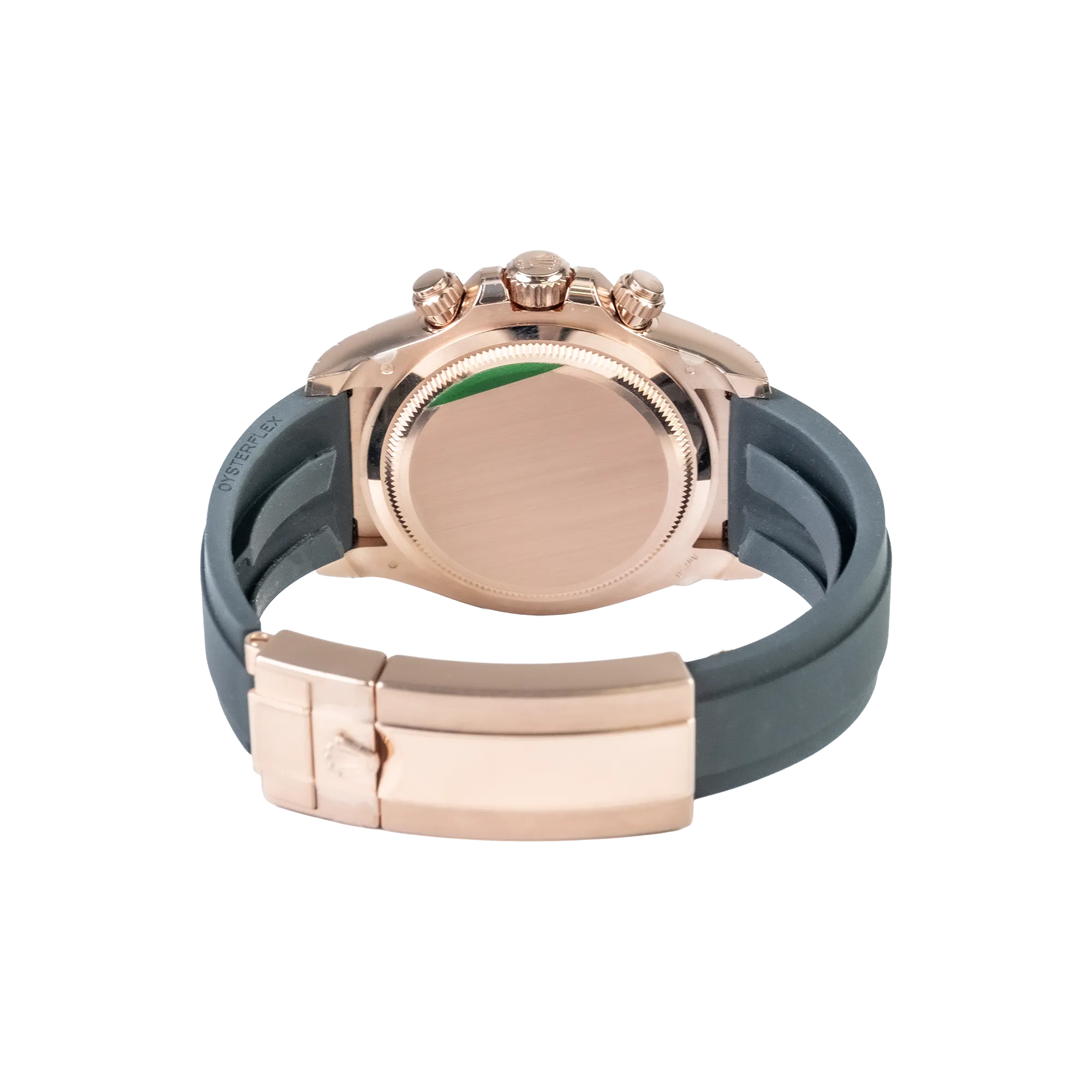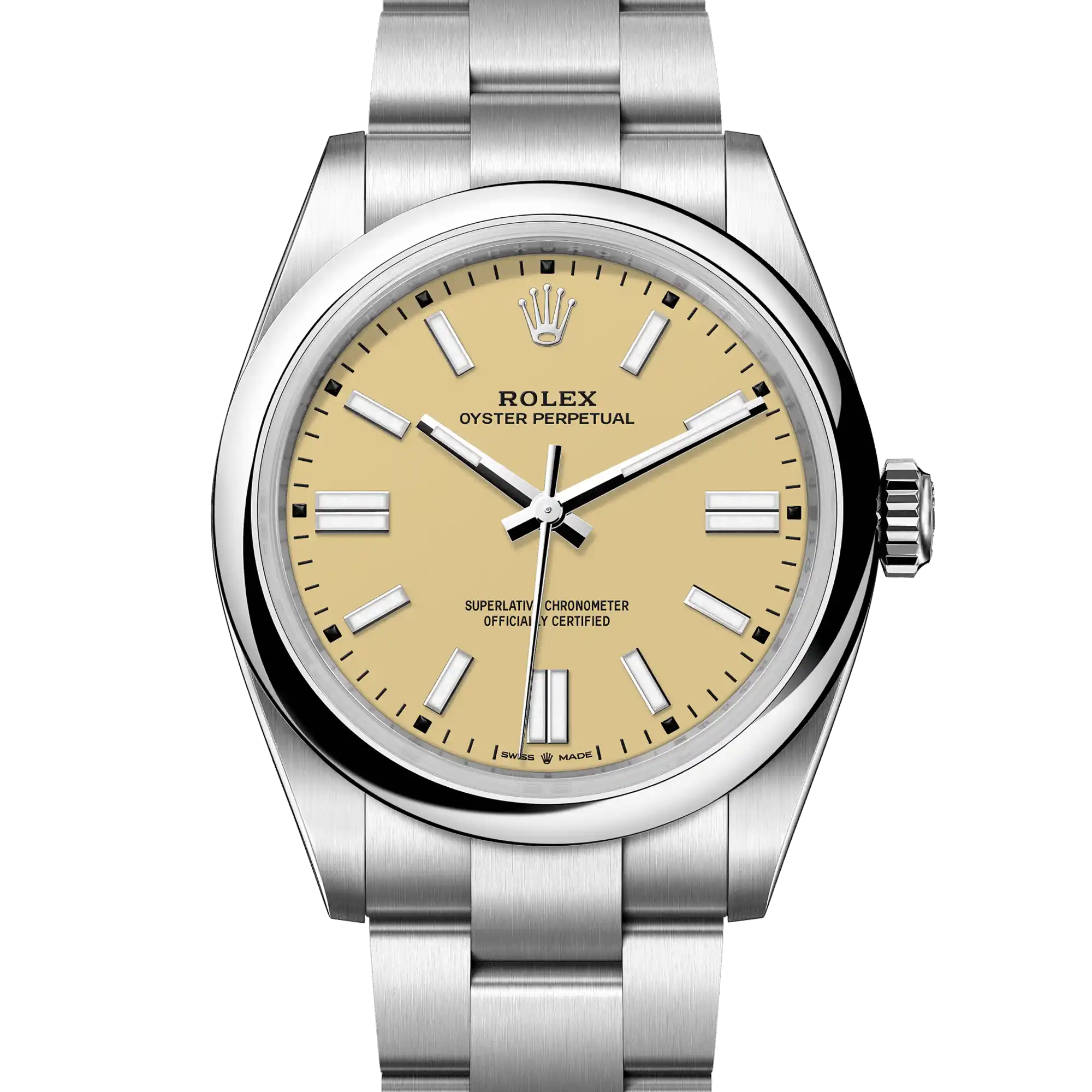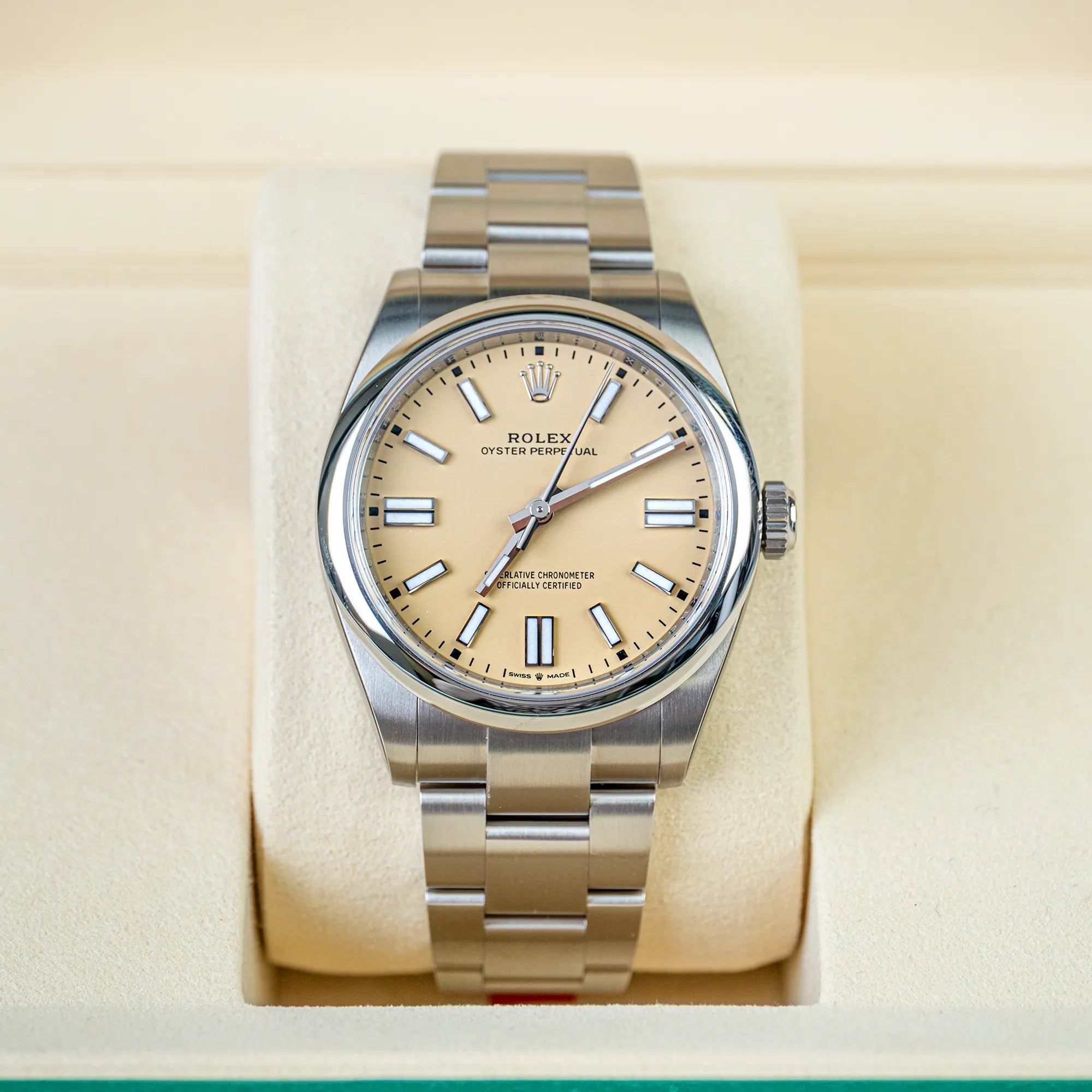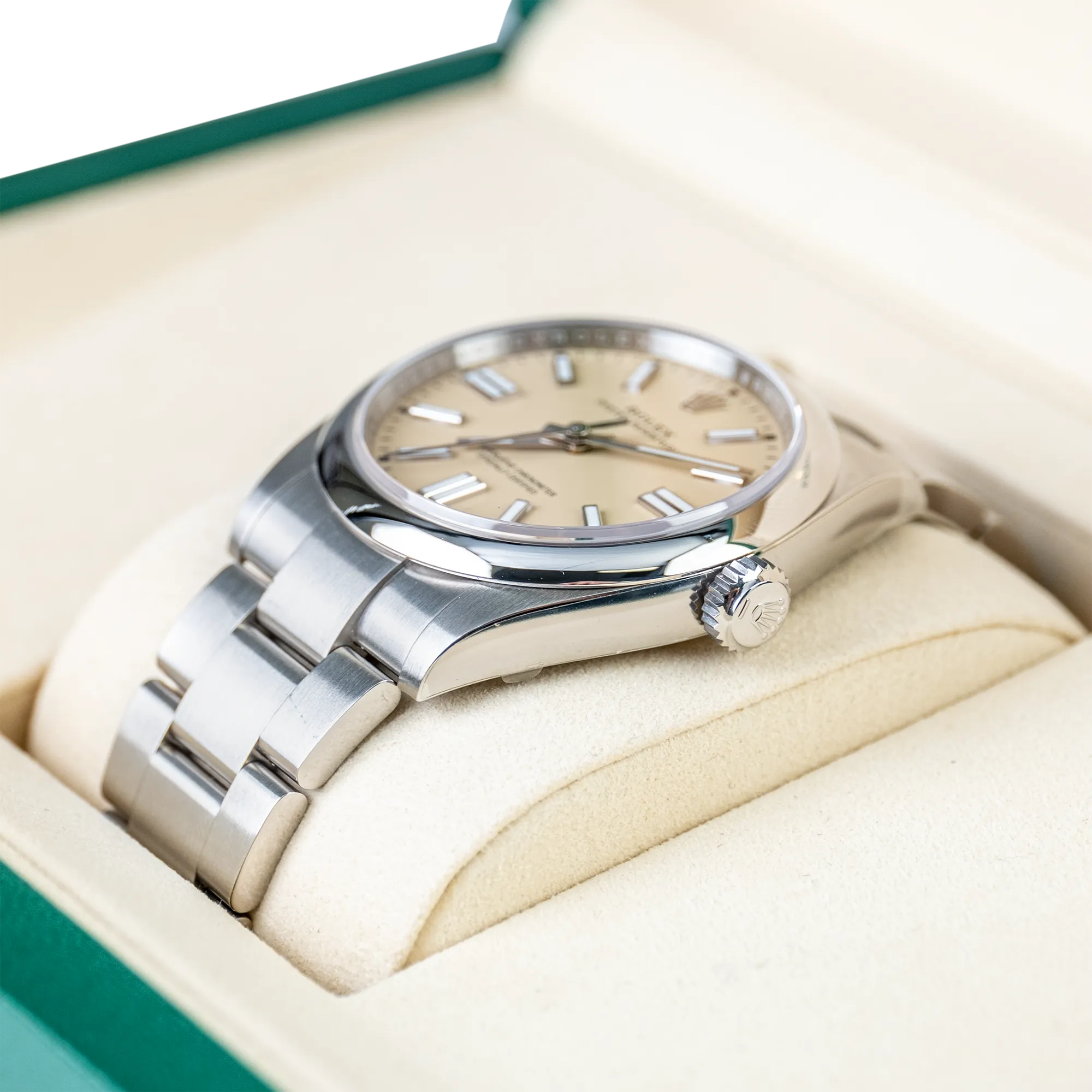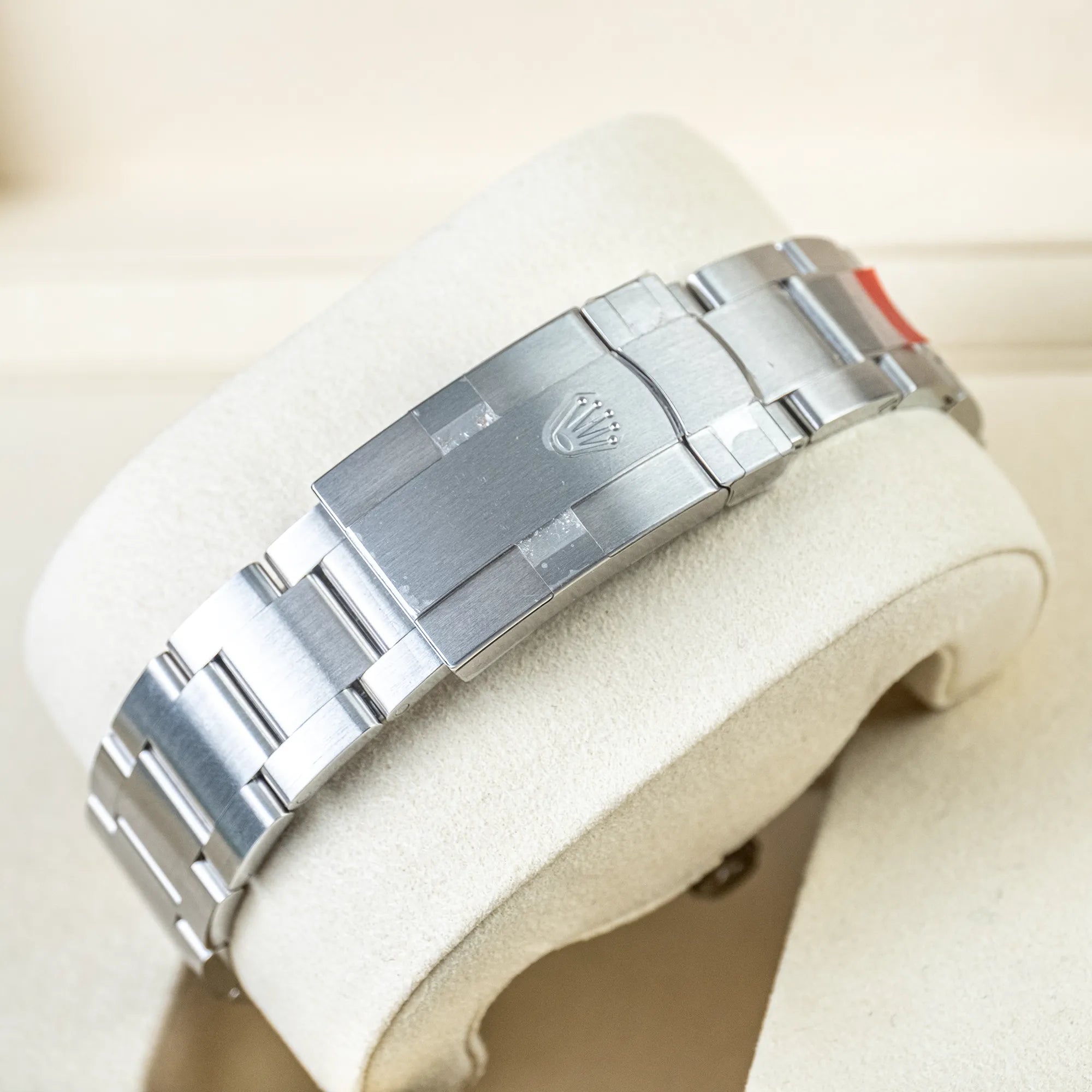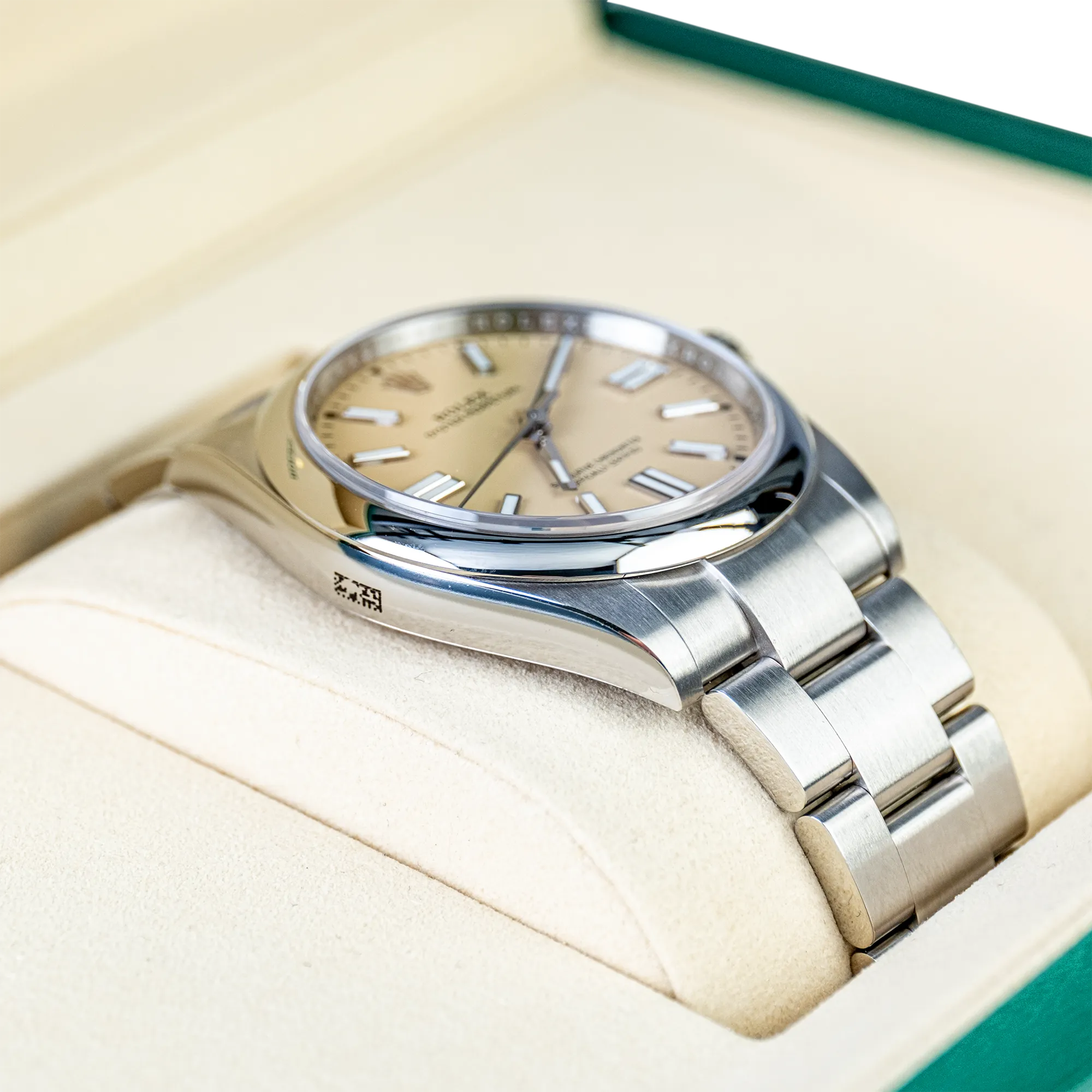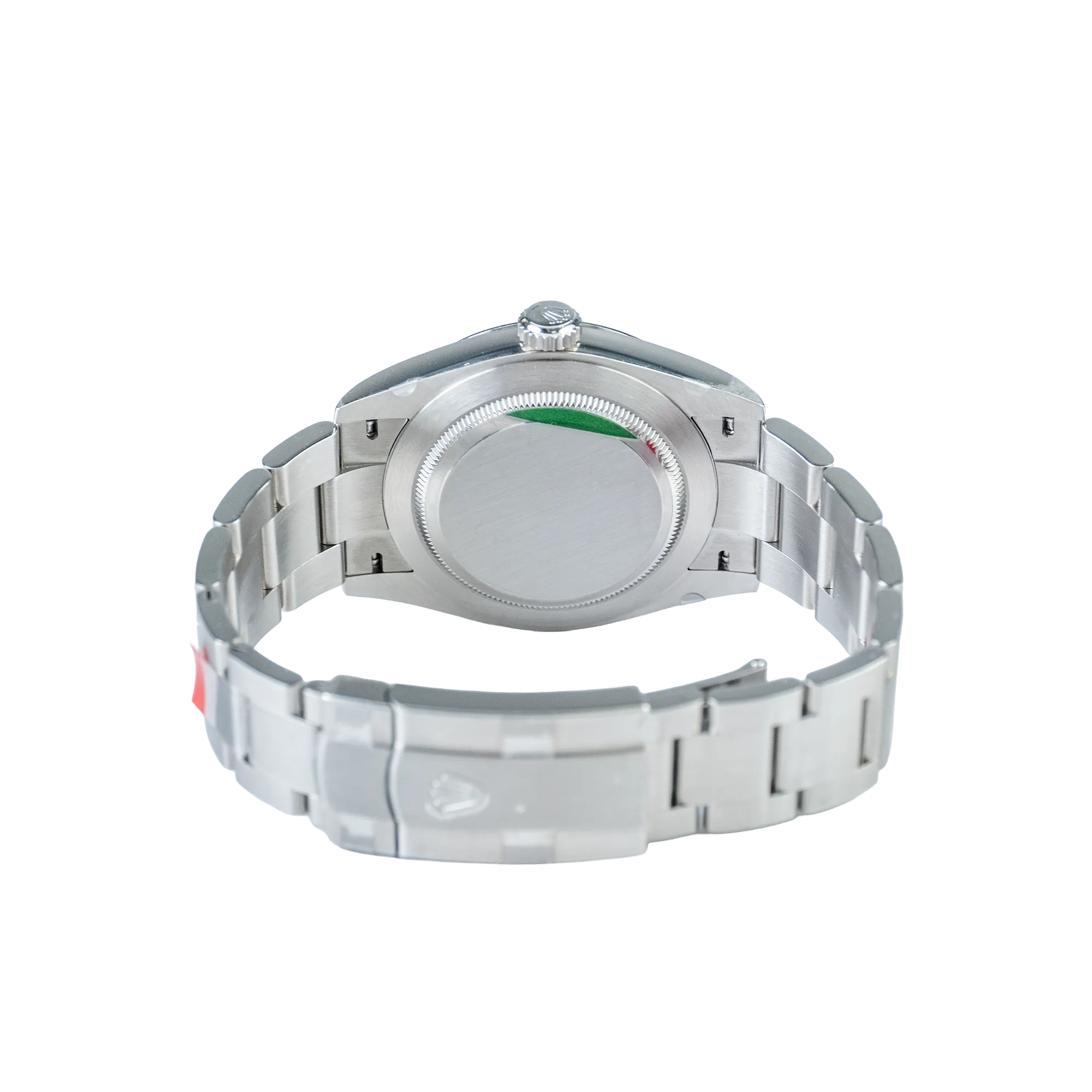Rolex Crown Types Explained: Twinlock vs Triplock

Many people think the Rolex crown is simply a knob for winding and adjusting the time. In reality, it serves a more important function. The crown is a key component in Rolex's engineering design, serving two purposes: enabling mechanical control of the movement and protecting the watch from water and dust. To meet different needs, Rolex developed two types of crown systems, one for everyday models and another for professional divers' models. Today, Rolex uses two primary systems: Twinlock and Triplock. This guide explains their differences in detail.
Twinlock Crown System
Rolex introduced the Twinlock winding crown system in the 1950s to protect everyday wristwatches from water and dust. This design incorporates two independent sealing points, one inside the crown and another inside the case tube, to protect the movement from water and dust. The Twinlock crown is used on Rolex watches with water resistance up to 100 meters. The Twinlock system is now featured in the Datejust, Day-Date, Oyster Perpetual, Land Dweller, Sky-Dweller, Explorer, and Air-King collections. Collectors can identify it by the symbol beneath the Rolex logo on the crown: a simple horizontal line, a single dot, or double dots all denote the Twinlock winding crown.
Triplock Crown System
Rolex introduced the Triplock crown in the 1970s to meet professional divers' demands for enhanced protection in extreme conditions. Unlike the Twinlock system, the Triplock employs a three-layer sealing structure (two layers within the crown and one within the crown tube) to create a more robust waterproof barrier. This design enables various models to achieve water resistance exceeding 300 meters. The Triplock system has become an iconic feature of Rolex diving watches such as the Submariner, Sea-Dweller, and Deepsea. This system is also used on models like the GMT-Master II, Daytona, and Yacht-Master, which are rated to 100 meters. In these cases, Rolex uses the Triplock crown mainly for proportional design and to match the size of the watch. Collectors can identify the presence of a Triplock crown by the three dots engraved beneath the Rolex crown emblem on its top.
Twinlock vs Triplock: Comparison Chart

Twinlock Crown vs. Triplock Crown
Markings on the Rolex Crown
Beneath the logo on the Rolex crown, there are engravings. These markings indicate whether the crown belongs to the Twinlock or Triplock system, and in some cases, the case material is also specified. The attached photo may help you identify various crown types.

Rolex crown markings show the watch’s system and material
FAQs about Rolex Crown Types
1. How can I tell if my Rolex has a Twinlock or Triplock crown?
Look at the symbol below the Rolex logo on the crown. A line, a dot, or two dots indicate a Twinlock crown. Three dots indicate a Triplock crown. The comparison table above will help you determine which type of Rolex crown your watch has.
2. Why do the Yacht-Master, GMT-Master II, and Daytona use Triplock crowns but still have 100m water resistance?
The Triplock system was initially developed for Rolex watches with water resistance exceeding 300 meters. However, some models also use Triplock crowns rated to 100 meters, primarily for reasons of proportion and design consistency.
3. Do all Rolex models use screw-down crowns?
The majority of current Rolex watches do. But not the vintage Rolex watches.
4. Can I swim with a Twinlock-equipped Rolex?
Yes. Twinlock crowns are rated to 100 meters. They are safe for swimming but not for diving.
5. Why did Rolex develop two different crown systems?
Twinlock is designed for everyday use. And Triplock is for dive watches that need higher pressure resistance.
The Twinlock and Triplock crowns showcase Rolex's engineering innovation. The markings beneath the logo reveal the watch's systems and their purpose. The next time you wear a Rolex, take a look at the crown, and it reveals a lot about the watch's design.

